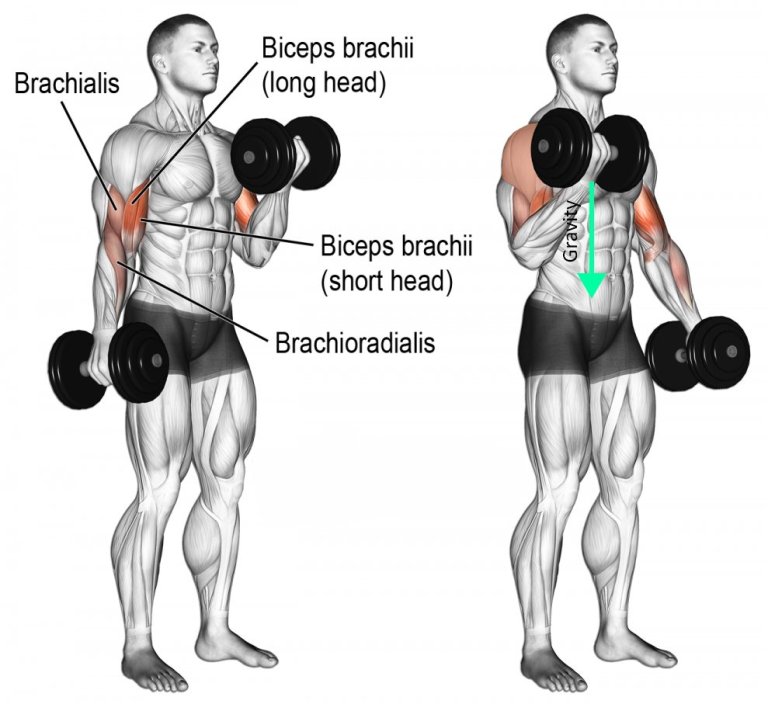Top 9 Resistance Band Chest Exercises For A Bigger Chest
Even if you are a complete beginner you know that if you want to get a bigger chest you should probably be going to the gym. But, that doesn’t mean that it’s the only, or best, way. Resistance band chest exercises are a great alternative and are an effective way to build muscle and strength.
Resistance bands might not seem like much of a challenge at first. But once you start using them you soon understand the value they add to your workouts.

Unlike other chest exercises at home, like bodyweight for example, resistance bands help add variety and diversity to your workouts.
You can effectively target muscles from all angles.
And most importantly, they allow for progressive overload, which is paramount for muscle growth.
Perhaps, the best feature of resistance bands is convenience. Because they are inexpensive, light, portable and easy to store you can exercise anywhere and at any time. Making them ideal for at home workouts.
Lastly, resistance bands drastically lower your chances of injury. According to American Journal of Sports Medicine 90% of all injuries recorded at the gym come from dumbbells and barbells. This also makes resistance bands ideal for those who have previously suffered from injury.
In this article I wanted to share with you my personal favorite chest exercises with bands.
Before we get into the thick of it I wanted to get some points across.
If you’re a beginner, I strongly recommend you read through it. But if you’re not interest, you can just skip to the exercises.

Can you build a bigger chest with resistance bands exercises?
Yes!
Chest exercises with resistance bands are just as good, if not better, as free weights for building muscle.
There is a widespread misconception among most fitness enthusiasts and gym goers that resistance band exercises are inferior to weight training and that they are less effective at building muscle. That could not be further away from the truth.
See, resistance bands behave very similarly to free weights. The only difference is that with dumbbells and barbells you are fighting gravity to lift. And with bands you are fighting the resistance of the band. Your muscles don’t know the difference between the two.
As a matter of fact, resistance bands have a bit of an advantage over free weights – time under tension (TUT). Time under tension refers to the amount of time that your muscle is under tension/stress. This is one of the main building blocks of muscle growth.
Let’s take the biceps curl as an example. Once you curl the dumbbell or barbell towards your chest and you reach the end of the movement, at the top, the curl gets easier for the biceps. This is because gravity is no longer creating a challenge for the muscle, but is rather putting more tension on your shoulders.

However, when using resistance bands the tension is continuous throughout the entirety of the movement. This is because you are fighting the resistance from the band rather than gravity.
You might even notice that with the resistance band biceps curls it gets harder as you approach the top of the movement as the more the band stretches, the more resistance it applies.
We can take a chest exercise example. With chest flys, as you reach the top of the motion with the dumbbell above your chest, you are no longer applying pressure, or tension, to the chest muscles. That weight is now pushing down and activating your triceps and shoulders.
This study compared the EMG activation (how much the muscle contracts) between elastic bands and free weights and found that there is barely any difference. As a matter of fact, in some cases the EMG activation generated from bands was greater than that from dumbbells – especially during the concentric motion (the contraction or flexing of the muscle).

